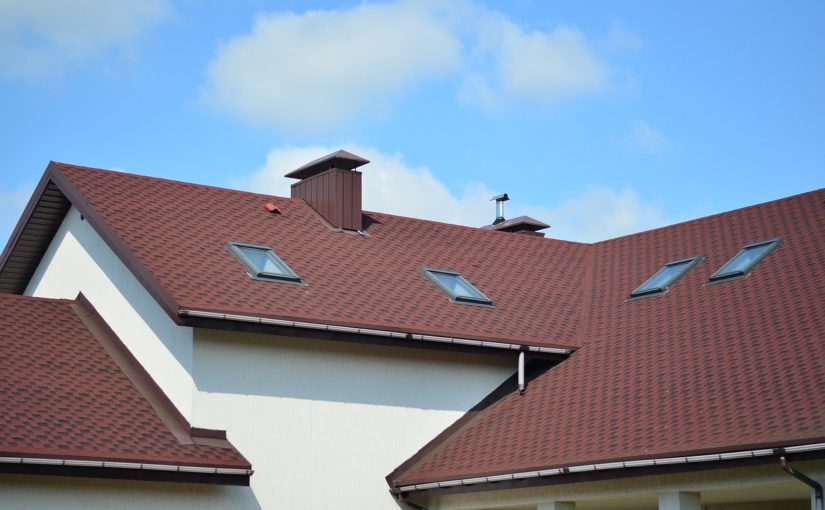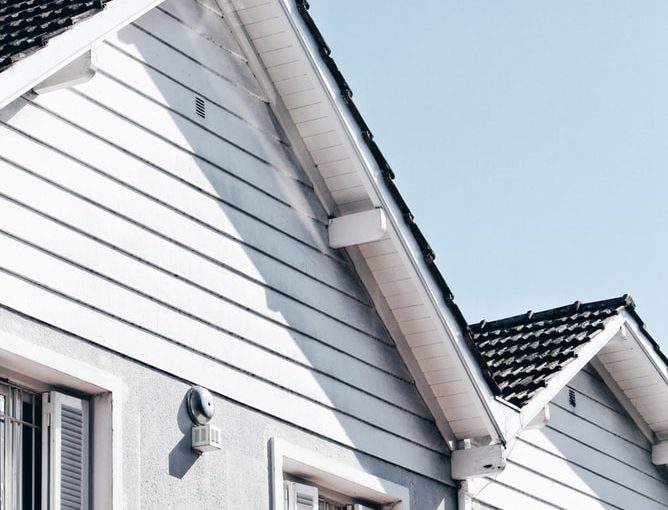Roof ventilation systems have become very popular over the last few decades and that simple upgrade could have a huge impact on your home. Here is a look at just a few of the benefits that you might enjoy after you install your roof ventilation system
Lower Energy Bills
You could easily be spending thousands a year on keeping your home at a comfortable temperature and your energy bills are probably going to be particularly high during the hottest months of the year. If that sounds like your own situation, then you might want to install an attic vent. That system is going to lower the temperature inside your attic and that will prevent hot air from seeping into your home through vents, outlets, and other openings.
Keep Moisture Out of the Attic
There are many different reasons why you should do everything in your power to keep excess moisture out of your attic. Over time, high humidity levels could result in a major mold outbreak and those spores will eventually make their way into your home if you aren’t careful. A ventilation system will lower the humidity levels inside the attic and the rest of the home by keeping the air constantly moving.
Increase the Lifespan of Your Roof
Even though residential roofing services can be very affordable, you still need to take steps to protect your roof. When an attic is hot and humid, it could prematurely age the roof’s tiles or shingles. By lowering the temperature inside the attic, you could increase the lifespan of your roof by multiple years. The vent will also reduce your risk of wood rot, rust, and other types of damage that might impact your roof.
Prevent Ice Dams
Those who live in a cold environment could greatly benefit from installing some type of modern roof ventilation system. When you stabilize the temperature inside your attic, the chance of an ice dam developing is going to plummet because the snow won’t constantly be freezing and thawing. Unfortunately, ice dams are extremely common and they can eventually damage your home’s roof, walls, windows, doors, and foundation.
This simple and inexpensive upgrade is very easy to carry out and it could pay for itself in a matter of months. If you want to protect your home while lowering your energy bills, then you might want to speak with a roofing contractor about modern roof ventilation systems.
Guest Post By:
Anica Oaks
Freelance writer and web enthusiast












